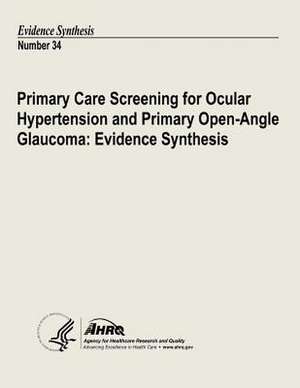Primary Care Screening for Ocular Hypertension and Primary Open-Angle Glaucoma
Autor U. S. Department of Heal Human Services, Agency for Healthcare Resea And Qualityen Limba Engleză Paperback
Preț: 78.87 lei
Preț vechi: 83.01 lei
-5% Nou
Puncte Express: 118
Preț estimativ în valută:
15.09€ • 15.80$ • 12.49£
15.09€ • 15.80$ • 12.49£
Carte indisponibilă temporar
Doresc să fiu notificat când acest titlu va fi disponibil:
Se trimite...
Preluare comenzi: 021 569.72.76
Specificații
ISBN-13: 9781492223733
ISBN-10: 1492223735
Pagini: 46
Dimensiuni: 216 x 280 x 3 mm
Greutate: 0.13 kg
Editura: CREATESPACE
ISBN-10: 1492223735
Pagini: 46
Dimensiuni: 216 x 280 x 3 mm
Greutate: 0.13 kg
Editura: CREATESPACE
